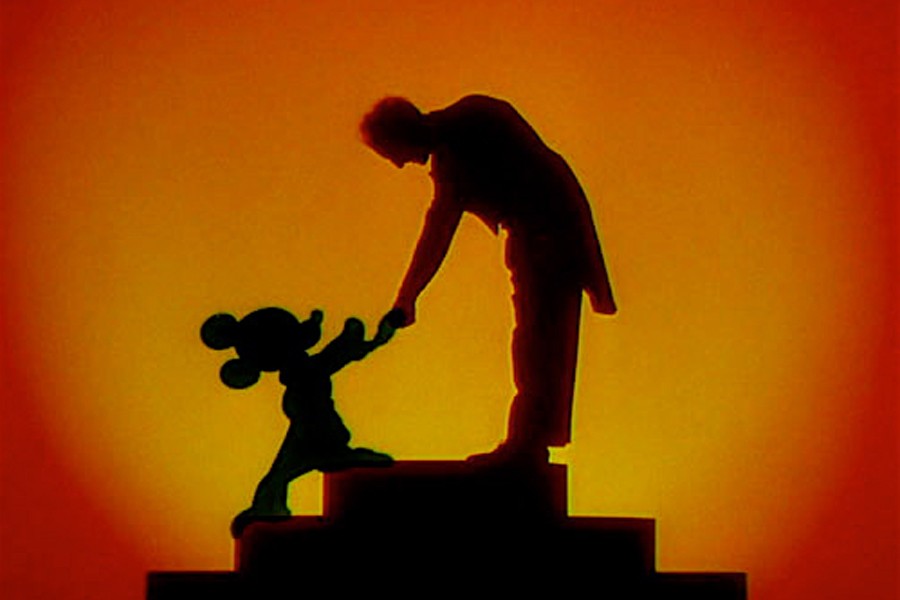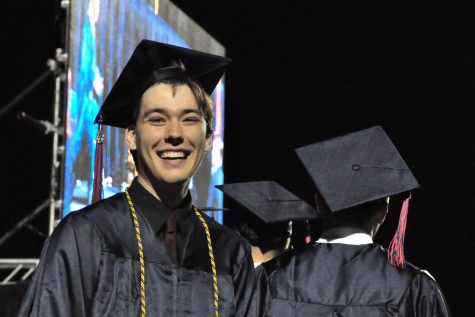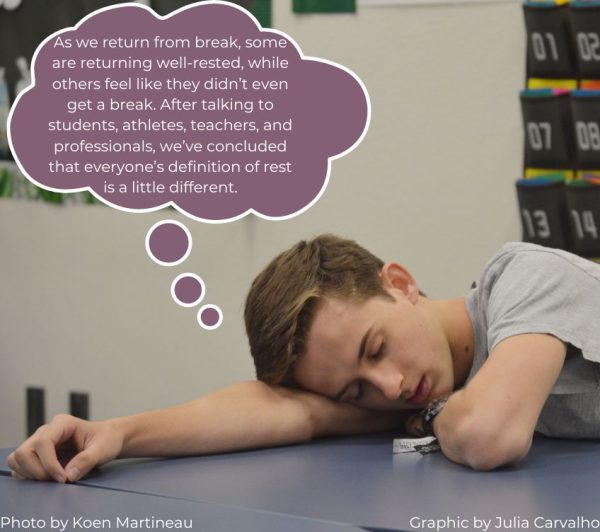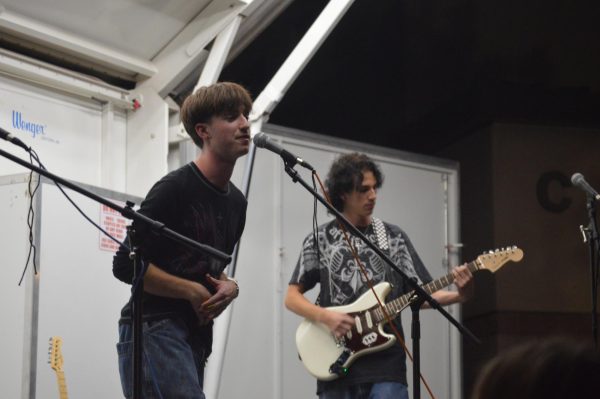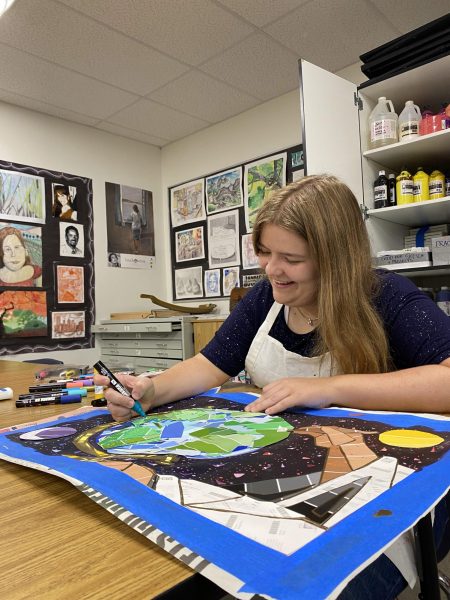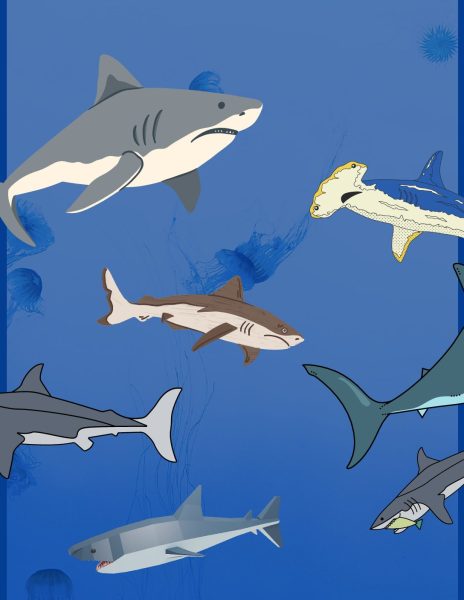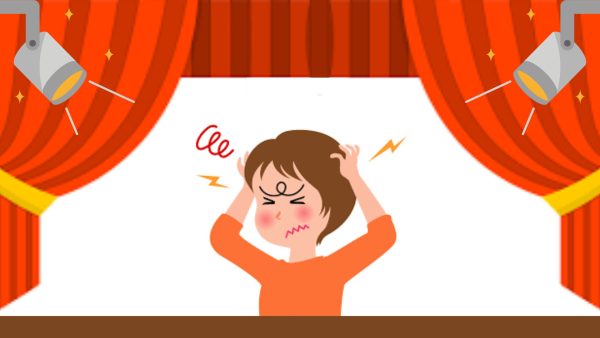The Disney Year: The messy masterpiece that is “Fantasia”
June 10, 2015
The output of Walt Disney Animation Studios–currently totaling 54 full-length films–has been cherished by audiences young and old for almost 80 years. In this weekly online feature, arts and entertainment editor Nathan Tucker will review and rank each of them.
Fantasia is better as an idea than a movie. But what an idea it is. Reworking the Silly Symphony concept into a high art concert with an actual symphony orchestra? Sheer genius. By targeting the exact audience that would scoff at his cartoons, Walt framed himself as an artist, the Da Vinci of a new art form. Fantasia marks the beginning of the self-aware branding and mythology that would eventually spur the construction of Disneyland.
Even with that context, Fantasia does not work as a film, mainly because it is not one. The collection of eight diverse musical shorts is simply presented as is, stitched by brief introductions into a two-hour feature. For an entertainment as airy as Fantasia, that runtime is killer; I had to pause it at the intermission and watch it in two bursts to avoid some sequences from blurring together. But if anything deserves indulgence, it is Fantasia. The film is an act of glorious hubris, unobnoxious pretension.
Fantasia is at its best when it tells distinct, vibrant stories. Beethoven’s “Pastoral Symphony” scores a day in the mythological Greek countryside filled with atmosphere, romance, and conflict while “Night on Bald Mountain” showcases a witches’ sabbath, presided over by the Devil himself, being chased off by the strains of Marian prayer. But the film’s crown jewel is still “The Sorcerer’s Apprentice,” in which Mickey Mouse finds himself dealing with magic beyond his control. “Apprentice” is an absolute delight: charming, clever, cute, suspenseful. These segments are, first and foremost, truly fantastic stories, ones that could not be told without the brushstrokes of the animators working at Disney.
Meanwhile, the worst segments (“Dance of the Hours” and “The Rite of Spring”) suffer from being either overly amused with themselves or too self-serious. “Dance” drags out each of its performances with only the comic chaos of the crocodiles not overstaying its welcome; “Rite” places cardboard-looking dinosaurs with square jaws and jerky movements at the center of its overlong runtime. Neither tells as coherent a story as “Pastoral” or “Apprentice” or even hold the beauty of the abstract “Toccata and Fugue” that opens the film.
The end result is almost impossible to judge by any normal rubric. Fantasia has moments of pretentious tedium and delightful wonder littered evenly throughout its pieces and by the end of its two hours no audience is going to agree which is which. Whatever unevenness it exhibits, Fantasia is buoyed by an electric need to exist. As the clearest capture of Walt Disney’s soul on film, it is essential.
The List:
- Fantasia
- Pinocchio
- Snow White and the Seven Dwarfs

